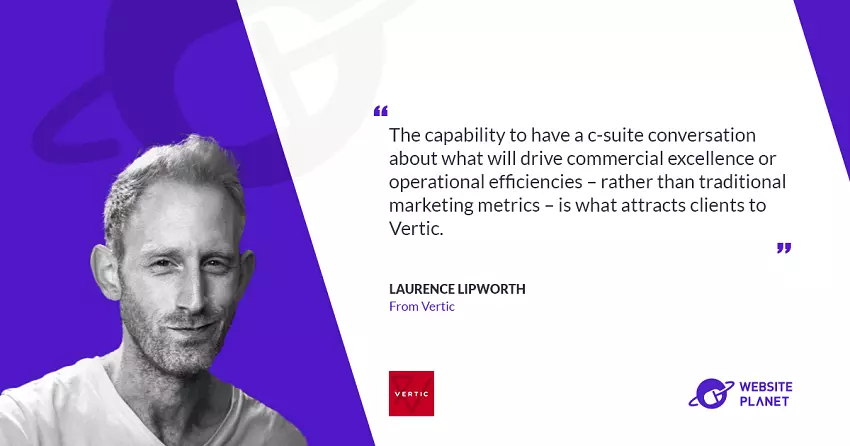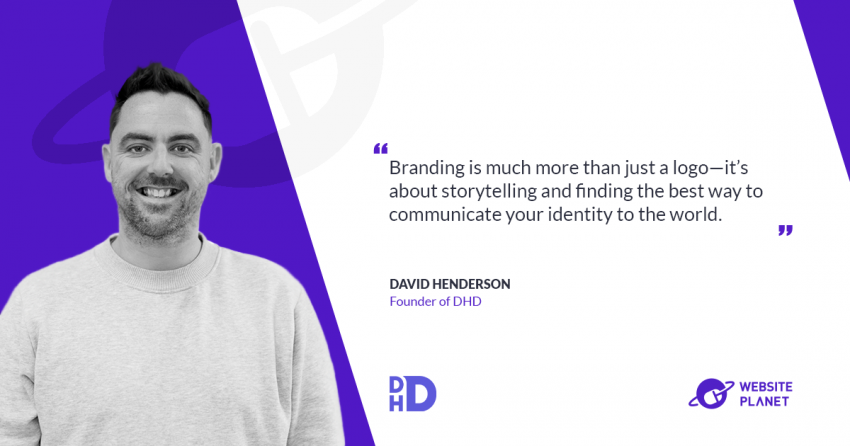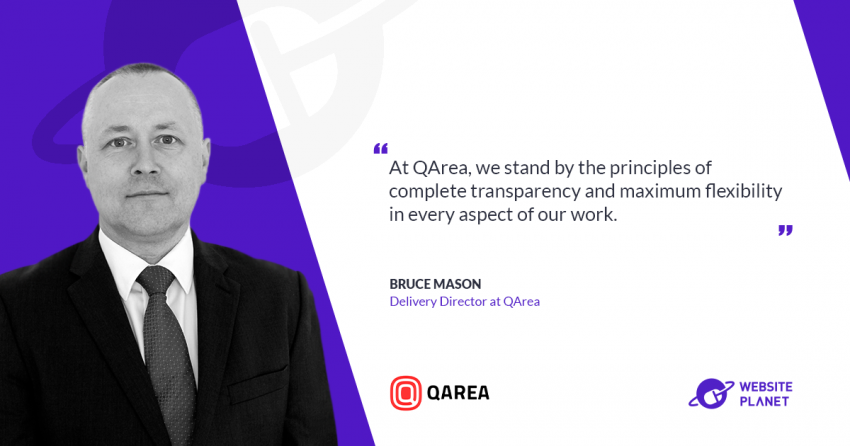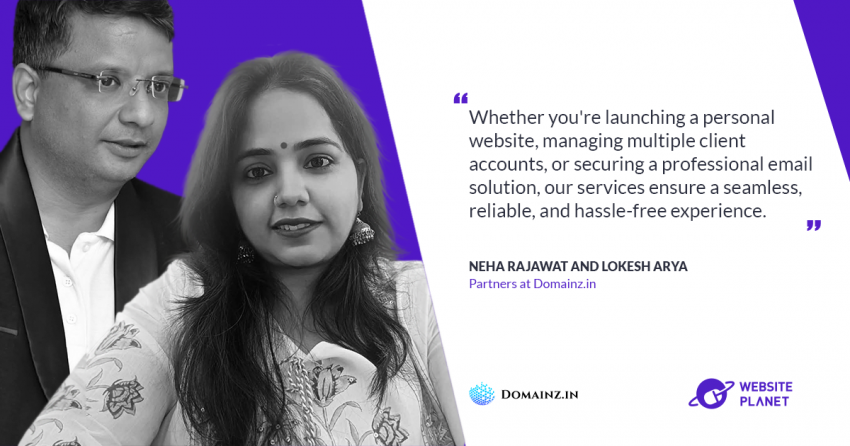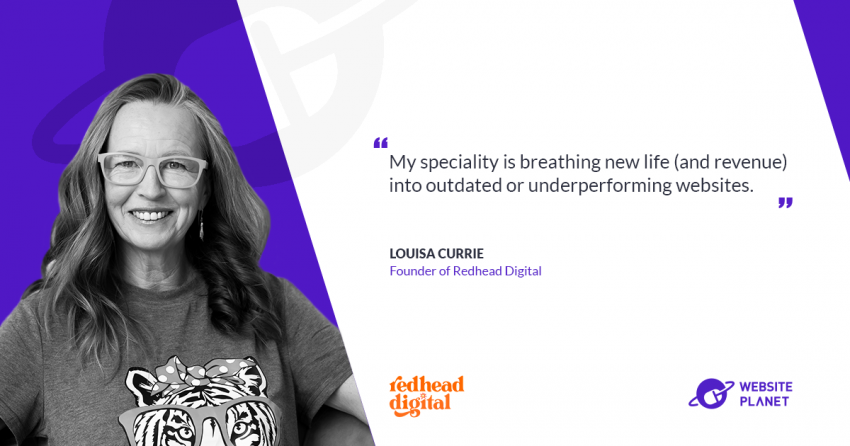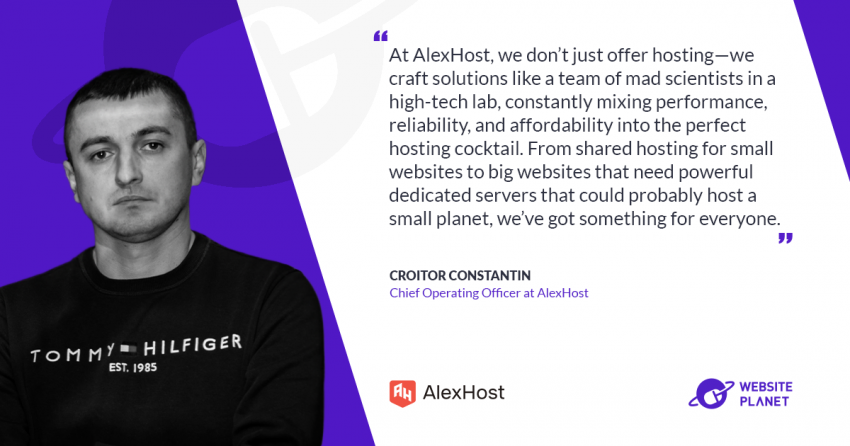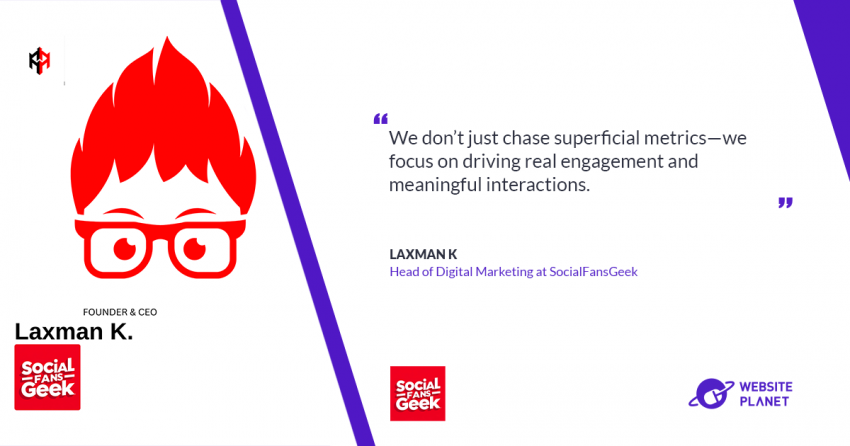This week, we had the opportunity to speak with Laurence Lipworth from
Vertic. He spoke about the beginnings of the company, what services they offer, and what sets Vertic apart from other companies.
Please describe the story behind the company: What sparked the idea, and how has it evolved so far?
The founders of Vertic were working in traditional, large management consulting companies but were getting frustrated by their clients’ lack of successful execution after their deliveries. With the belief that digital was going to be the primary channel through which these clients’ key business objectives could be achieved, they established Vertic in 2002 as an end-to-end, strategy-to-execution digital agency.
The background in management consultancy still underpins the agency’s differentiation of seeing creativity and technology as mediums through which business objectives are achieved – rather than the focus of our work. The engagements with leading Fortune 100 clients such as GE, Microsoft, and others have enabled Vertic to establish Share of Life® as a leading metric by which business success is measured.
What is the mission of Vertic?
Vertic’s mission is to create meaningful experiences that earn Share of Life®.
What services do you offer?
The foundations for earning a Share of Life® are rooted in a proprietary strategic model, consisting of both quantitative and qualitative research, through both offline and digital means of gathering insights, which provide the necessary platform for entangling a brand with its user.
Following this strategic foundation, the execution that brings it to life may be through brand or demand gen campaigns; website, portals, and e-commerce build; or paid organic and social traffic-driving initiatives.
What separates you from other similar websites/companies?
Vertic’s D.N.A. in management consulting enables us to understand business strategy and translate business objectives into digital solutions. Nearly all digital agencies will say they do ‘strategy’, but when you dive deeper, their strategists’ backgrounds are in the areas of more traditional advertising and marketing planning, or IT integration.
The capability to have a c-suite conversation about what will drive commercial excellence or operational efficiencies – rather than traditional marketing metrics – is what attracts clients to Vertic.
Who are your typical customers, and what do you think is the main challenge that your product solves for them?
While heads of marketing and communications in large enterprises are the typical customers, we are increasingly finding CEOs, COOs, and CFOs involved in our discussions of how to use digital for driving tangible business impact.
This is because the marketing and communications function is beginning to move the needle from traditional discussion points – such as brand and awareness, topics that only marketing and communications really care about -, to now include topics of growth and lean operations in their role. Marketing leadership in particular is more business-critical than ever before – marketers are now gaining in corporate influence as management has recognized their significance in the COVID crisis response and longer-term actions. This was reflected by McKinsey research that showed 78% of CEOs expect marketing leaders to drive growth.
This leads to the main challenges Vertic has been solving. As these customers get more visibility at the boardroom level, they come to Vertic to understand how to use their newfound influence in ways that not only align with the CEO and CFO but drive the business forward. They want to understand how they should be creating measurable value, discussing growth, driving operational excellence, and focusing on pipeline coverage– so it not only delivers ROI but also ARR, greater margin, and stronger cash flow.
How do you envision the future of your industry?
As they increasingly have a seat at the top table, marketers will stop celebrating tactical digital metrics that no longer matter in isolation and begin to embrace the realities of the entire sales process. This means they will need to experience and deeply understand what their buyer goes through to make a purchase. If they successfully do this, it will then help realize marketing’s tangible impact on sales. Understanding how marketing efforts impact growth and ARR, bring down acquisition and retention costs, shorten time-to-market, and how marketing can even enrich the product R&D process, will further solidify this more strategic positioning of the function.
Finally, marketers and their agencies will also start having more of a CAPEX vs. OPEX discussion with the CFO organization regarding digital investments, in particular about web properties. Knowing how to classify the development of these assets according to international accounting standards is something that Vertic has been doing for some time because such properties are really key digital touchpoints in customer interactions and the spine of marketing activities.
